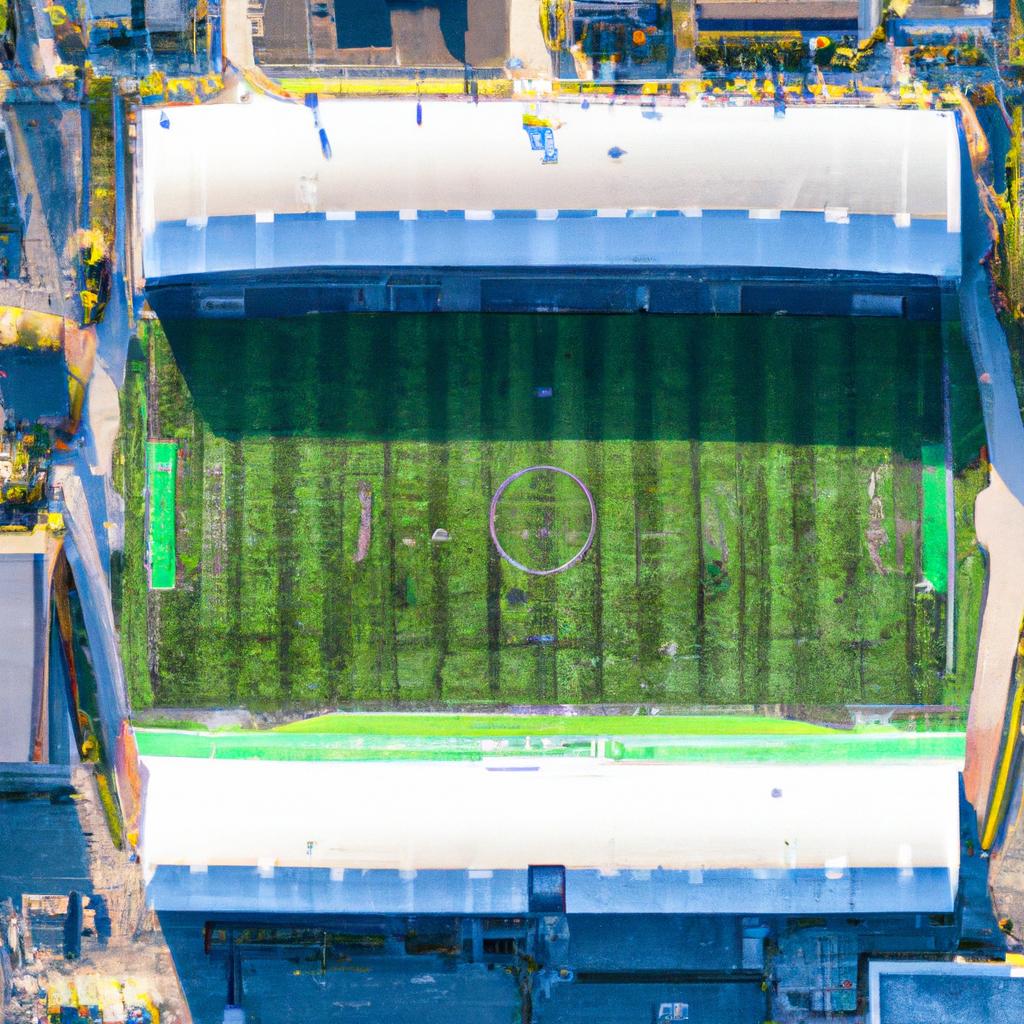Football stadiums are not just places where fans gather to watch a game. They are architectural masterpieces that reflect the culture and identity of the city or country that hosts them. A beautiful football stadium is more than just a building; it is a work of art that inspires awe and admiration. In this article, we will explore what makes a football stadium beautiful and showcase some of the most stunning examples from around the world.
Characteristics of a Beautiful Football Stadium
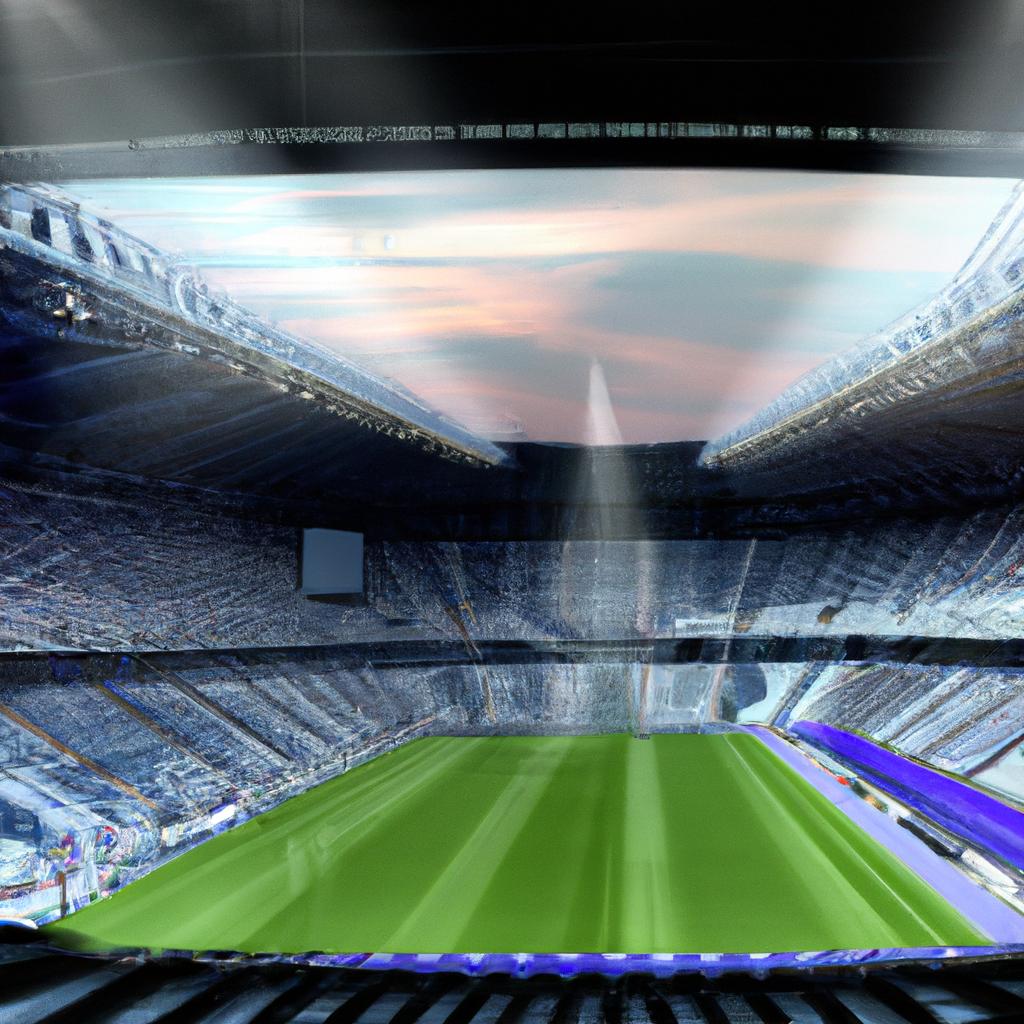
A beautiful football stadium is a combination of several architectural elements that work together to create a visually stunning and functional space. One of the most important aspects of a beautiful football stadium is its exterior design. The stadium’s facade should be visually appealing and reflect the city or country’s culture and history. For example, the Allianz Arena in Munich, Germany, has a unique exterior made up of inflated plastic panels that change color depending on the teams playing inside.
Another crucial aspect of a beautiful football stadium is its seating arrangement. The seats should provide unobstructed views of the field and should be arranged in a way that creates an intimate and immersive experience for the fans. The seating should also be comfortable and spacious enough to accommodate a diverse range of fans.
Examples of Beautiful Football Stadiums
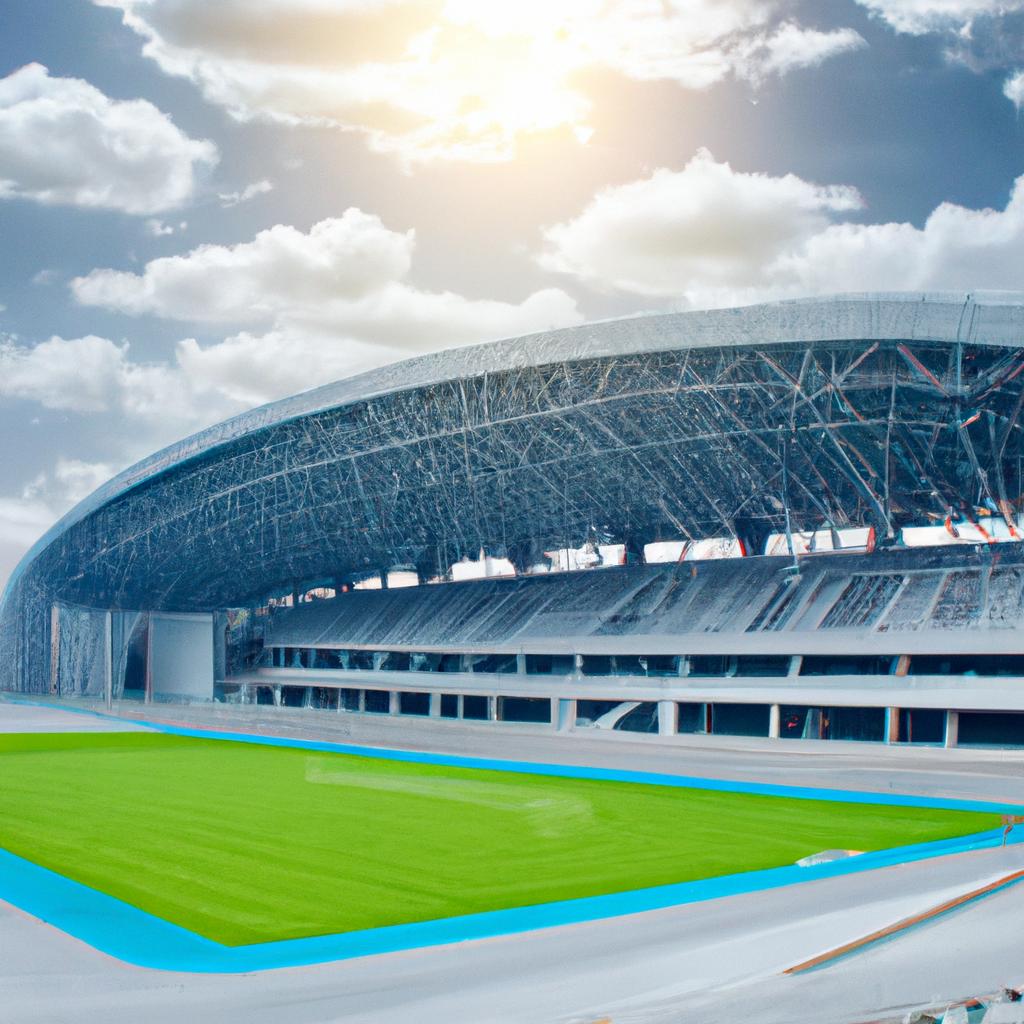
Some of the most beautiful football stadiums in the world are architectural marvels that have become iconic landmarks in their respective cities. One such example is the Bird’s Nest Stadium in Beijing, China, which was built for the 2008 Summer Olympics. The stadium’s unique design was inspired by traditional Chinese ceramics and features an interlocking web of steel beams that create a stunning visual effect.
Another example is the Maracana Stadium in Rio de Janeiro, Brazil, which was built for the 1950 World Cup. The stadium’s circular design and open-air seating arrangement provide a panoramic view of the city and the surrounding mountains. The Maracana Stadium has hosted some of the most significant football matches in history, including the 2014 World Cup Final.
Football stadiums are more than just sports venues. They are cultural and architectural landmarks that showcase the best of a city or country’s design and creativity. A beautiful football stadium is a testament to the power of architecture and design to inspire and captivate people’s imaginations.
A beautiful football stadium is not just about its exterior design or seating arrangement. It is also about the amenities and facilities that it offers to the fans. A football stadium that provides excellent amenities and facilities can enhance the fans’ experience and make them feel more comfortable and engaged in the game. In this section, we will explore the importance of amenities and facilities in a beautiful football stadium and showcase some of the best examples from around the world.
Good Amenities and Facilities
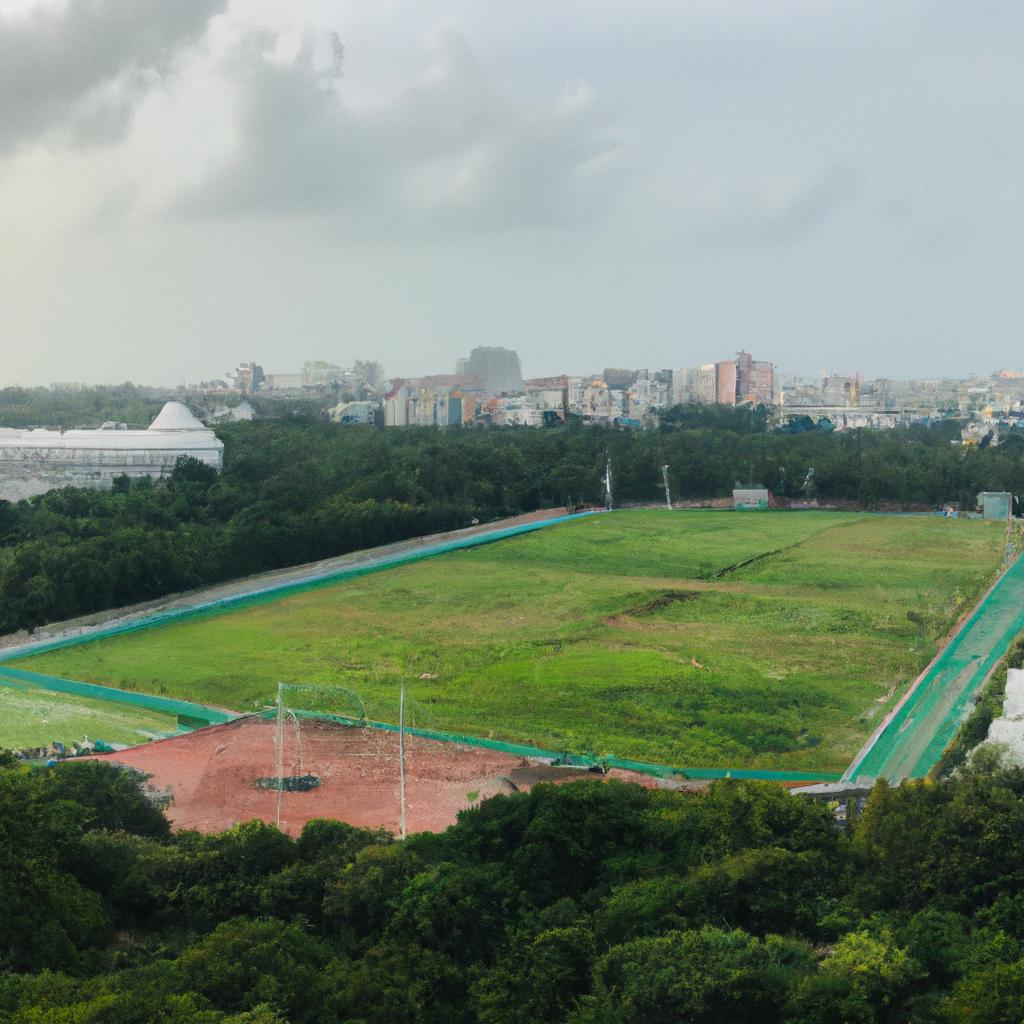
A good football stadium should provide fans with a range of amenities and facilities that cater to their needs and preferences. For example, a football stadium should have clean and accessible restrooms, food and beverage concessions, and merchandise shops. These amenities should be strategically located throughout the stadium to ensure that fans can access them easily.
Another essential aspect of a good football stadium is its technological infrastructure. A football stadium should have Wi-Fi and cellular connectivity to allow fans to stay connected and engaged in the game. It should also have a state-of-the-art sound system and video displays that provide clear and immersive visuals and audio.
Examples of Football Stadiums with Excellent Amenities and Facilities

Some of the most beautiful football stadiums in the world are also renowned for their excellent amenities and facilities. One such example is the Mercedes-Benz Stadium in Atlanta, Georgia, which has been hailed as the most technologically advanced stadium in the world. The stadium has a 360-degree halo video board that provides stunning visuals, a retractable roof that can open or close in just seven minutes, and a unique concession design that allows fans to order food and drinks directly from their seats.
Another example is the Wembley Stadium in London, England, which has been a cultural and sporting landmark for over a century. The stadium has recently undergone a major renovation that has added state-of-the-art facilities, including a new clubhouse, a retail space, and a rooftop terrace with panoramic views of London.
In conclusion, amenities and facilities play a crucial role in making a football stadium beautiful. A football stadium that provides fans with excellent amenities and facilities can enhance their experience and make them feel more connected to the game.
The Role of Atmosphere and Experience in Making a Beautiful Football Stadium
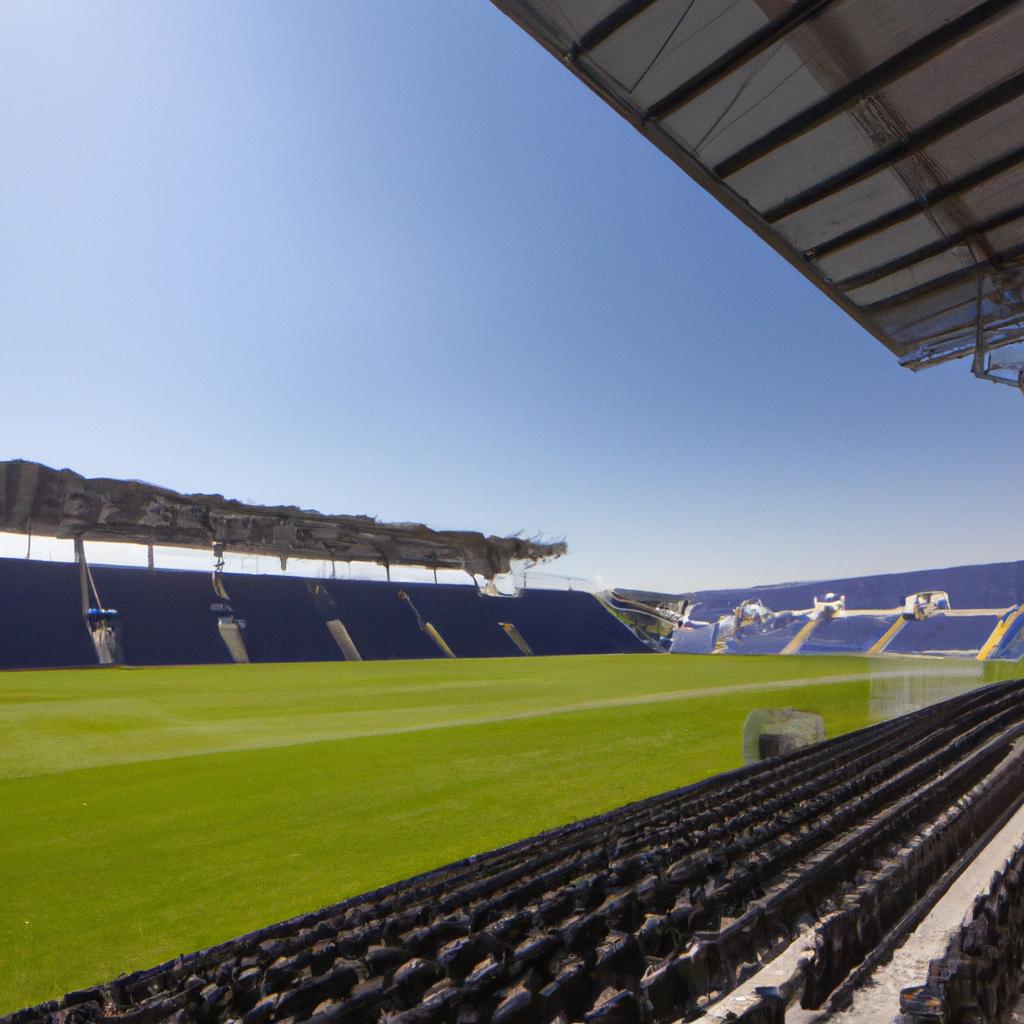
The atmosphere and experience of a football stadium can make or break its beauty. A beautiful football stadium should provide a unique and immersive experience that connects fans to the game and creates a sense of community and excitement. In this section, we will explore the role of atmosphere and experience in making a beautiful football stadium and showcase some of the best examples from around the world.
The Importance of Atmosphere and Experience
The atmosphere and experience of a football stadium are essential in creating a memorable and enjoyable experience for fans. A beautiful football stadium should provide an immersive and engaging atmosphere that reflects the team’s culture and identity. For example, a stadium that plays traditional music or chants associated with the team can create a sense of community and belonging among fans.
Another crucial aspect of a beautiful football stadium is its ability to create a sense of excitement and anticipation. A stadium that provides pre-match entertainment, such as music performances or light shows, can create a buzz among fans and make them feel more connected to the game.
Examples of Football Stadiums with Great Atmosphere and Experience
Some of the most beautiful football stadiums in the world are also renowned for their exceptional atmosphere and experience. One such example is the Signal Iduna Park in Dortmund, Germany, which is known for its passionate and vocal fans. The stadium’s Yellow Wall, a 25,000-seat standing section, creates a sea of yellow and black that creates a unique and immersive atmosphere during matches.
Another example is the Estadio Azteca in Mexico City, Mexico, which is one of the most iconic football stadiums in the world. The stadium’s pre-match entertainment, which includes traditional Mexican music and dance performances, creates a festive and exciting atmosphere that reflects the country’s culture and identity.
In conclusion, the atmosphere and experience of a football stadium are crucial in making it beautiful. A football stadium that provides a unique and immersive experience can create a sense of community and excitement among fans and enhance their enjoyment of the game.
The Importance of Sustainability and Eco-Friendliness in a Beautiful Football Stadium
Sustainability and eco-friendliness are becoming increasingly important considerations in modern architecture, including football stadiums. A beautiful football stadium should not only be visually stunning and functional but also environmentally sustainable and energy-efficient. In this section, we will explore the importance of sustainability and eco-friendliness in a beautiful football stadium and showcase some of the best examples from around the world.
The Importance of Sustainability and Eco-Friendliness
Sustainability and eco-friendliness are essential in creating a beautiful football stadium that doesn’t harm the environment. A sustainable football stadium should use renewable energy sources, such as solar or wind power, to reduce its carbon footprint. It should also use sustainable building materials, such as recycled steel or bamboo, that are environmentally friendly and reduce waste.
Another important aspect of a sustainable football stadium is its ability to conserve water and reduce waste. A stadium that uses water-efficient fixtures and appliances, such as low-flow toilets and faucets, can reduce its water consumption and save money on utility bills. It should also have a comprehensive waste management system that includes recycling and composting to reduce its waste production.
Examples of Sustainable and Eco-Friendly Football Stadiums
Some of the most beautiful football stadiums in the world are also renowned for their sustainability and eco-friendliness. One such example is the National Stadium in Singapore, which is one of the most sustainable stadiums in the world. The stadium features a rainwater harvesting system that collects rainwater for irrigation and toilet flushing, a solar-powered cooling system that reduces energy consumption, and a green roof that helps to reduce the urban heat island effect.
Another example is the Aviva Stadium in Dublin, Ireland, which is a shining example of sustainable design. The stadium features a rainwater harvesting system that collects rainwater for use in the stadium’s toilets and irrigation system, a solar-powered ventilation system that reduces energy consumption, and a façade made of recycled glass that reduces the stadium’s carbon footprint.
In conclusion, sustainability and eco-friendliness are crucial in creating a beautiful football stadium that is environmentally responsible. A sustainable football stadium can reduce its carbon footprint, conserve resources, and save money on utility bills, while also providing a visually stunning and functional space for fans to enjoy the game.
Sustainability and Eco-Friendliness in Beautiful Football Stadiums
As the world becomes more aware of the importance of sustainability and eco-friendliness, the construction and maintenance of beautiful football stadiums have also adapted to this trend. A sustainable and eco-friendly football stadium is one that minimizes its environmental impact while still providing fans with an excellent experience. In this section, we will explore the importance of sustainability and eco-friendliness in beautiful football stadiums and showcase some of the best examples from around the world.
The Importance of Sustainable and Eco-Friendly Football Stadiums
Sustainable and eco-friendly football stadiums are essential for several reasons. First and foremost, they reduce the environmental impact of large-scale events. Football matches attract thousands of fans, and the construction and maintenance of football stadiums require significant amounts of energy and resources. A sustainable and eco-friendly football stadium reduces this impact by using renewable energy sources, reducing waste, and minimizing water consumption.
Secondly, sustainable and eco-friendly football stadiums also create a positive image for the city or country that hosts them. By promoting sustainability and eco-friendliness, these stadiums contribute to the larger global effort to protect the environment. They also attract fans who are environmentally conscious and are more likely to support teams and events that promote sustainability.
Examples of Sustainable and Eco-Friendly Football Stadiums
Several football stadiums around the world have embraced sustainability and eco-friendliness in their design and construction. One such example is the Friends Arena in Stockholm, Sweden. The stadium has a green roof that not only provides insulation but also reduces rainwater runoff. The stadium also uses geothermal heating and cooling systems and has a water recycling system that reduces consumption by up to 60%.
Another example is the National Stadium in Singapore, which is one of the most sustainable football stadiums in the world. The stadium has a rainwater harvesting system that provides water for irrigation and toilet flushing. It also has a unique energy-efficient cooling system that reduces energy consumption by up to 30%.
Conclusion
In conclusion, a beautiful football stadium is more than just a building; it is a work of art that inspires awe and admiration. A beautiful football stadium should have a unique exterior design, an intimate seating arrangement, excellent amenities and facilities, and should be sustainable and eco-friendly. As the world becomes more aware of the importance of sustainability and eco-friendliness, football stadiums are adapting to this trend and incorporating these elements into their design and construction.
The future of beautiful football stadiums is bright, with more stadiums around the world focusing on sustainability and eco-friendliness. These stadiums not only provide fans with an excellent experience but also contribute to the larger global effort to protect the environment. As a news website specializing in all nature, gardening, and animals, TooLacks believes in the importance of sustainability and eco-friendliness and welcomes the trend of sustainable and eco-friendly football stadiums.
